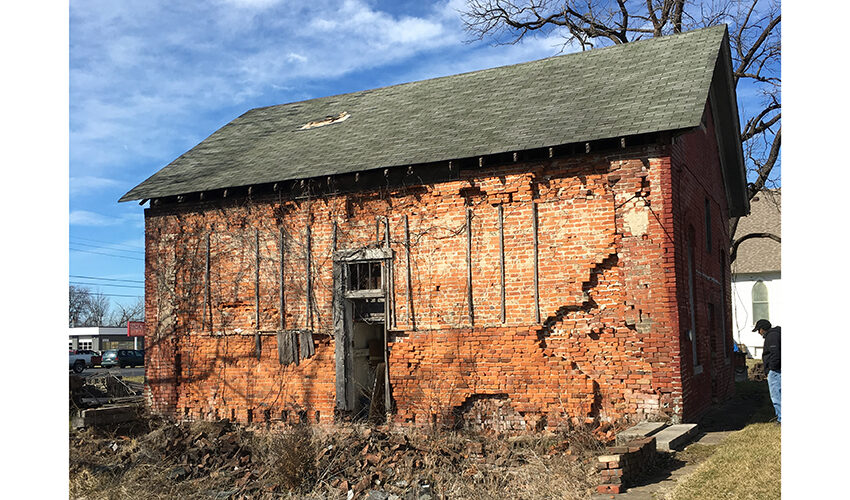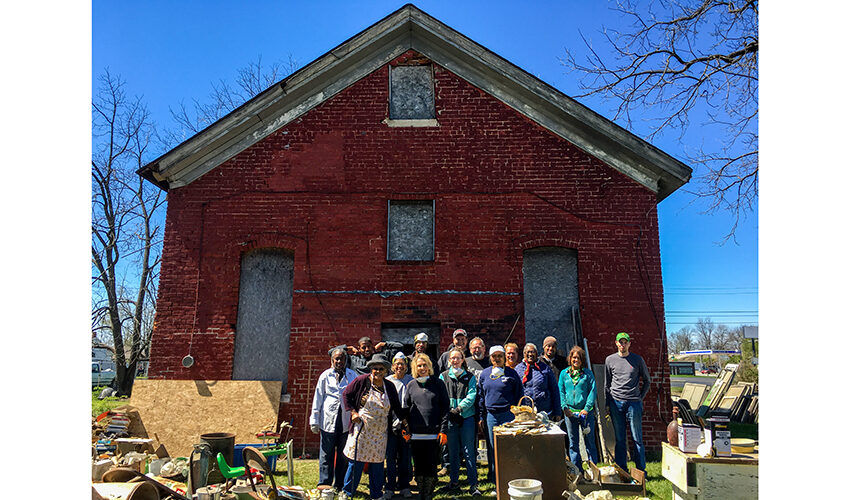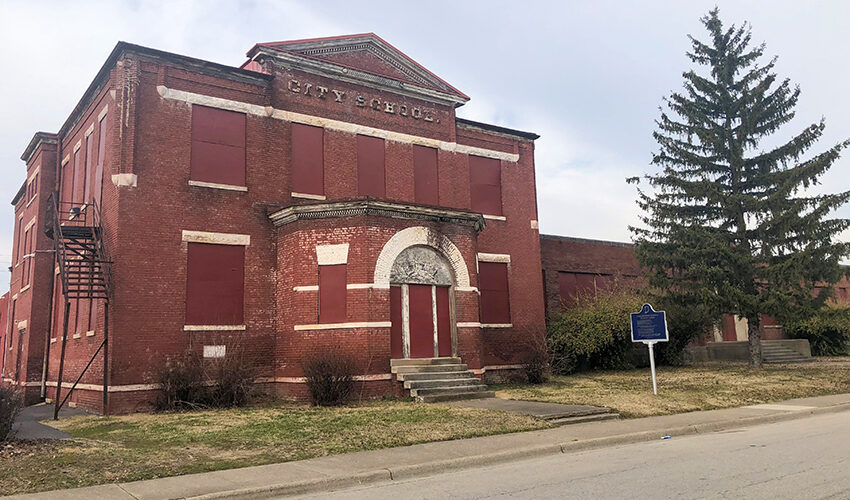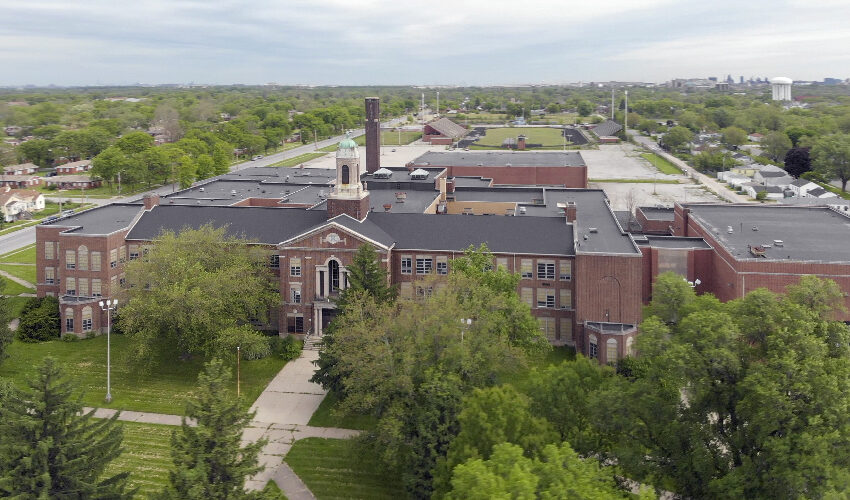NEWS
Historic Schools Provide Ties to African American Experience
Efforts are underway to preserve historic schools built for Black students in Kokomo and Seymour.
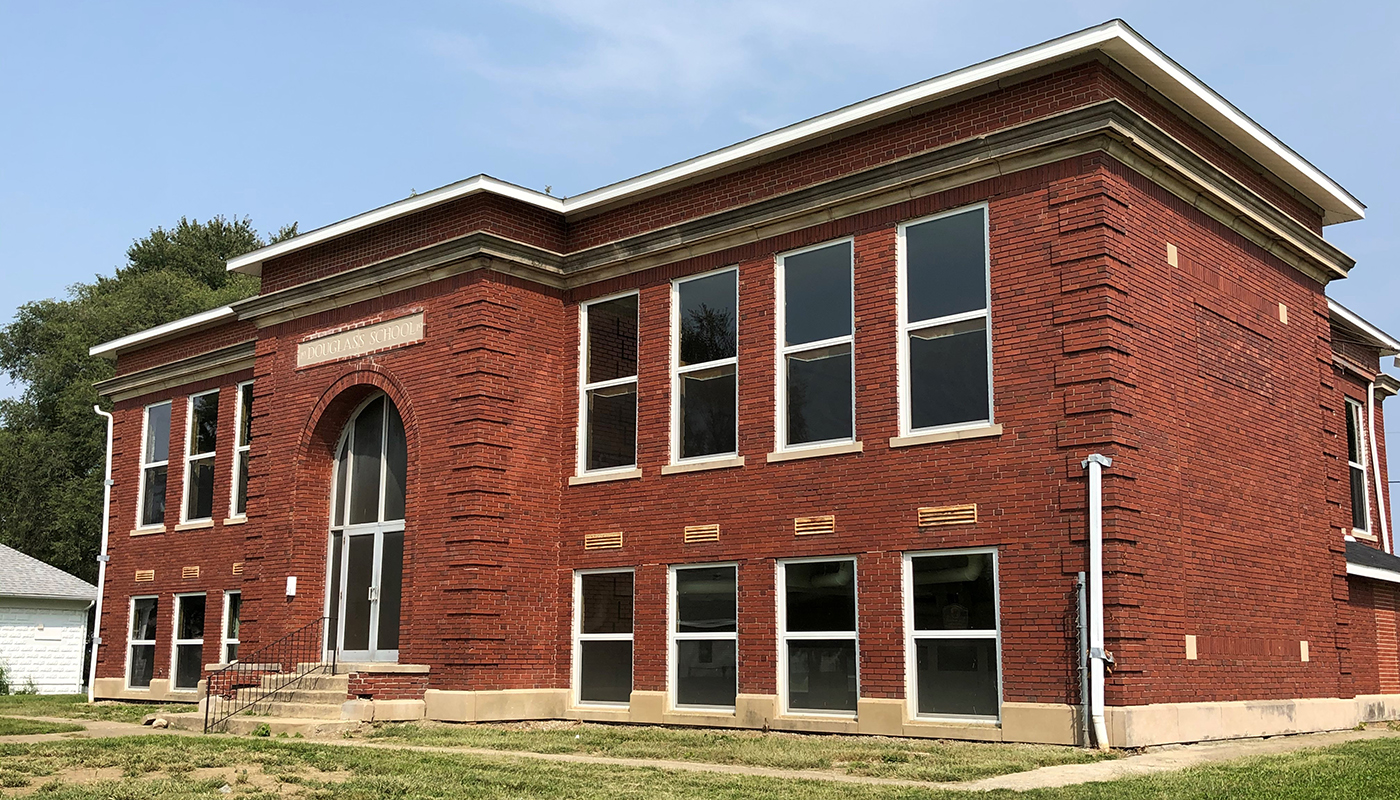
Understanding the Past
In many communities, few sites offer as much history about the African American experience as do schools. Since the state’s founding in 1816, educational opportunities for Black children in Indiana varied widely depending on location and communities’ adherence to state laws restricting equal access.
State laws established in the 1850s barred African American children from attending public schools, and few private options existed. In 1869, Governor Conrad Baker ratified a law that would allow Black children to go to public schools, provided they were segregated by race. The law was later amended to allow local school officials to determine whether to operate separate schools.
Implementation of the laws varied around the state. Some communities created separate schools, and others decided building separate schools was not financially feasible—either allowing African American students to integrate into local institutions or leaving them without an option.
In 1919, construction of Douglass School in Kokomo sparked widespread controversy as African American students – who previously attended schools nearest their homes – were segregated into a separate school. In an editorial to the Tribune, local resident Charles Harvey sagaciously observed: “We have, so far, been unable to see any good that will come out of said segregation. From a psychological view we get along best by coming in constant contact with each other. The better we know each other the better we understand each other’s needs – thus springs up the most essential elements of the human race in general – love, sympathy, and a disposition to ‘do unto others as you would have them do unto you.’”
The separation proceeded despite protest, and for decades the city’s Black children were forced to attend school separated from their white peers.
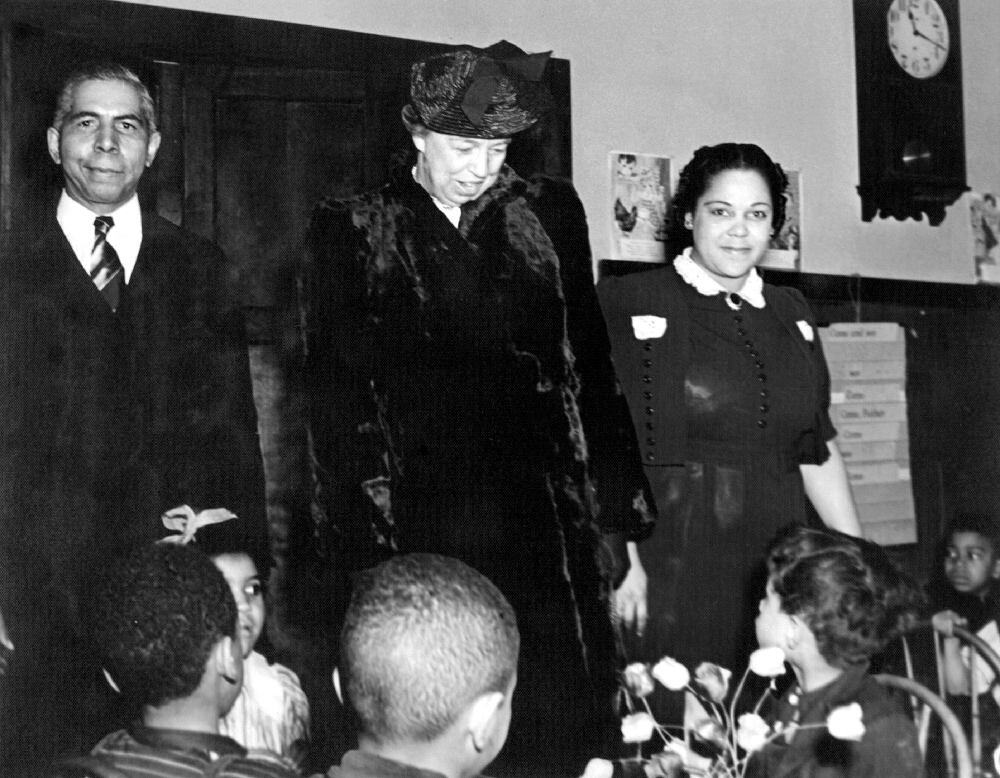
While visiting Kokomo in 1940, First Lady Eleanor Roosevelt asked to Douglass School, emphasizing the importance of education for all Americans. (Photo courtesy Howard County Historical Society)
In the 1950s, Douglass School merged with the all-white Willard School. Douglass closed in 1968, but the building served a number of uses over the next 40 years before being vacated more than a decade ago.
In 2019, city officials identified the school as key to revitalization efforts in Kokomo’s north side Carver neighborhood, embracing the school’s history as an opportunity for community reflection and growth. The City made improvements to the building, including a new roof, repointing masonry, and reopening downsized windows.
Embracing Hope of Howard County, a nonprofit community development corporation, is now leading efforts to rehabilitate the school as a community center, envisioning it as a venue for reunions, weddings, talks, classes, and after-school programming. Along with installing a new roof and gutters, workers are restoring the interior to its original layout, aided by technical assistance from Indiana Landmarks and a preservation plan from historic preservation consultant Kurt Garner. Visitors will receive lessons on the school’s significant history in a heritage classroom.
“If you understand the past, it can inform your future,” says Reverend William Smith, whose nearby church created Embracing Hope. “The school’s origins aren’t something we celebrate, but we recognize it as part of our history. It can help us recognize how far we’ve come and what we’ve been able to accomplish since then.”
A campaign to save another historic African American school is underway in Seymour, where Lynn Street Colored School Center of Goodwill, Inc. is leading efforts to repair the crumbling Lynn Street School. Once part of a thriving African American neighborhood on the city’s west side, today the school and a neighboring Bethel AME Church are among the last remnants of the neighborhood’s Black heritage, making the building’s preservation even more urgent.
Opened in 1870, the brick school accommodated over 125 African American students at its peak enrollment. Concerns about sanitation and ventilation led the state board of health to condemn the school in 1929. At the time, its enrollment had dwindled to a handful of students who were transferred to other area public schools. Over the following years, the school was used for church services and provided lodging for Black men helping build nearby Freeman Field during World War II. In the 1960s, the school became the Goodwill Center, supplying food, clothing, and services to people in need, until dwindling funding closed the center in the 1980s.
Indiana Landmarks helped fund a rehabilitation plan for the building and is providing technical advice on repairs. In 2020, a $10,000 grant from the Standiford H. Cox Fund of the Central Indiana Community Foundation was awarded to aid the rehabilitation efforts.
Further south in Jeffersonville, the future remains uncertain for the 1891 Taylor High School. Though the school’s owner has taken steps to secure the building, including putting on a roof years ago, the property sits empty, without a plan for its future.
While several segregated elementary schools were established in southern and central Indiana, fewer high school options existed for Black students. The 1920s marked construction of Evansville’s Lincoln High School (1928), and Indianapolis’s Crispus Attucks School (1927), both still in use. Gary’s Roosevelt High School (1930), is vacant today, closed in 2019 after a failing heat system and frigid temperatures caused multiple pipes to burst, flooding classrooms and offices and forcing students to move off site. With the school’s estimated repairs and cleanup estimated to cost $8.6 to $10 million, Gary Community School Corporation permanently shuttered the Roosevelt building, now an entry on Indiana Landmarks’ 10 Most Endangered list.
Indiana state legislators passed a law in 1949 requiring the state to start integrating schools, slightly ahead of the U.S. Supreme Court Brown vs. Board of Education ruling in 1954 banned racial segregation in public schools. Preserving Indiana’s surviving historic African American schools provide a tangible link to an important chapter in the state’s history.
A condensed version of this article originally appeared in the May/June 2021 issue of Indiana Landmarks’ bi-monthly member magazine, Indiana Preservation.
Stay up to date on the latest news, stories, and events from Indiana Landmarks, around the state or in your area.

